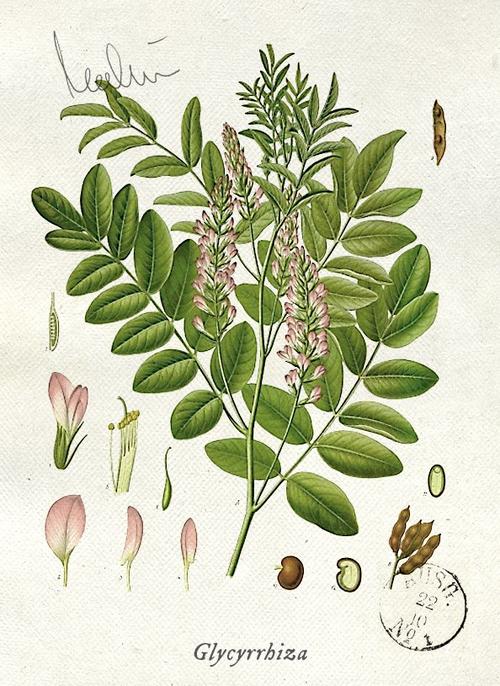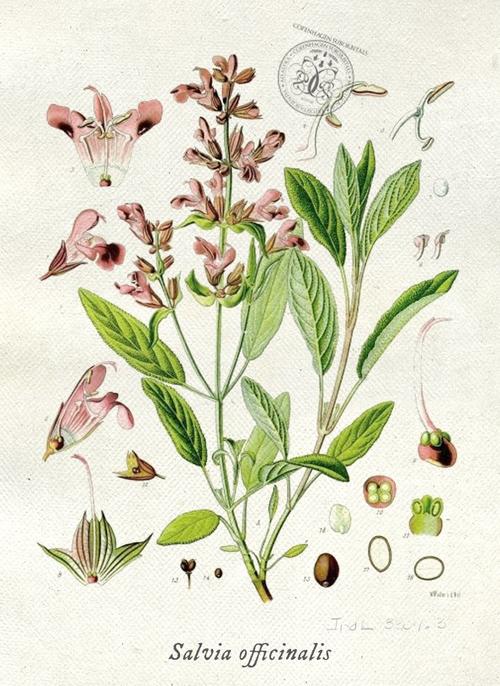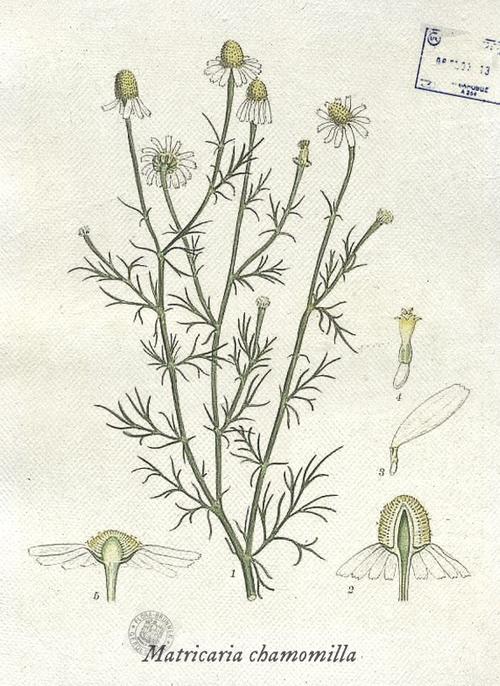Angelica Archangelica
Believing In Angels and the Holy Ghost

Angelica archangelica, commonly known as Garden Angelica, Holy Ghost, Wild Celery, and Norwegian angelica, is a biennial plant from the Apiaceae family, a subspecies of which is cultivated for its sweetly scented edible stems and roots. Like several other species in Apiaceae, its appearance is similar to several poisonous species (Conium, Heracleum, and others), and should not be consumed unless it has been identified with absolute certainty. Angelica archangelica grows wild in Finland, Sweden, Norway, Denmark, Greenland, the Faroe Islands, Iceland, mostly in the northern parts of the countries. It is cultivated in France mainly in the Marais Poitevin, a marsh region close to Niort in the départment Deux-Sèvres. It also grows in certain regions in Germany like the Harz mountains, and in certain regions of Romania, like the Rodna Mountains.
According to legend an Angel revealed that Angelica could cure the plague and for centuries it was also believed to guard against witchcraft. Believing in Angels in 1602, angelica was introduced in Niort, which had just been ravaged by the plague and of course it has been used to flavour liqueurs or aquavits, omelettes and trout, and as jam. Angelica is unique amongst the Umbelliferae for its pervading aromatic odour, a pleasant perfume entirely different from fennel, parsley, anise, caraway or chervil. Talking Gin now, the fragrantand the musky notes of Anglica, both the roots and the seeds, complement the taste of Juniper which is why we are using it.




















